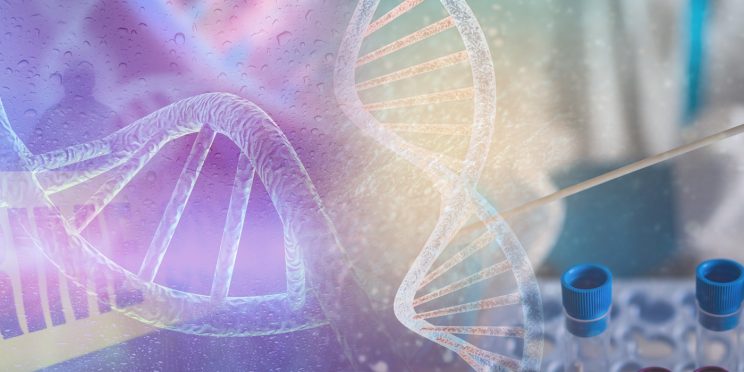Publication
Journal of Forensic Nursing, April 2021
Authors
Julie L. Valentine, Ph.D., RN, CNE, SANE-A, FAAN | Brigham Young University
Paige Presler-Jur, M.S. | RTI International
Heather Mills, MSFS | Utah Bureau of Forensic Services
Suzanne Miles, B.S. | Utah Bureau of Forensic Services
Abstract
Historically, evidence collection in sexual assault cases focused on obtaining foreign contributor bodily fluids through swab collection. With improvements in deoxyribonucleic acid (DNA) analysis methods, DNA profiles can be developed from touch DNA and applied to sexual assault cases. Following a literature review on factors affecting touch DNA transfer, a groping case study with innovative evidence collection is presented to support the expansion of touch DNA evidence collection in sexual assault cases.
The groping case led to the development of a statewide sexual assault touch DNA form to guide evidence collection. DNA findings from additional groping sexual assault cases are reported to further show and justify the importance of evidence collection in groping cases. Implications on multidisciplinary practices are summarized to promote evidence collection and analysis in groping sexual assault cases. As forensic nurses are educated to accurately collect DNA evidence and provide trauma-informed, patient-centered care, they are best suited to provide nursing care for patients who have experienced groping sexual assaults. Optimal DNA findings in groping and sexual assault cases are best achieved through development of strong multidisciplinary, collaborative relationships between forensic nurses and forensic scientists.
This project was supported by Award No. 2016-MU-BX-K110, awarded by the National Institute of Justice, Office of Justice Programs, U.S. Department of Justice.
The opinions, findings, and conclusions or recommendations expressed in this publication are those of the authors and do not necessarily reflect those of the Department of Justice.
Please contact us at ForensicCOE@rti.org for any questions. Please subscribe to our newsletter for notifications.




